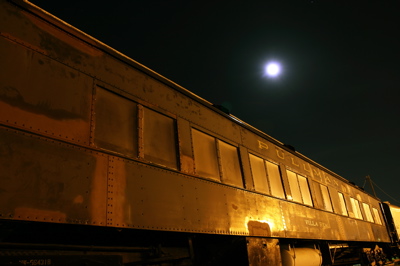
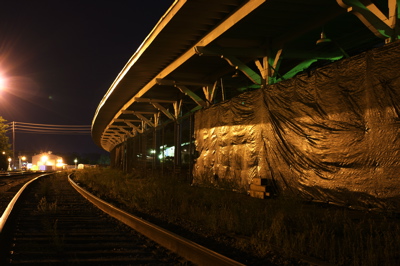
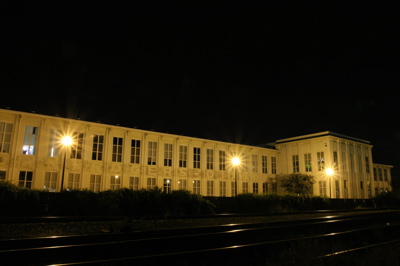
The car in the first photo has been undergoing restoration for some time (since 1998, according to one account). As recently as last Sunday there was someone doing welding work on the inside of the car.
There’s an interesting (old) discussion at Greenspun about the history of this particular car:
The Villa Real is a Pullman plan 3411 10 section 3 double bedroom car. This car is shown on the 1950 Pullman list of cars as not being owned by any railroad. It was one of the cars that remained in the Pullman pool. Interestingly enough, the car is shown as not being air- conditioned, perhaps that being a reason why the car was not sold to a railroad and then leased back to Pullman. The car was apparently sold sometime before 1961, as it is not shown in the 1961 Pullman list of cars, either as in the Pullman pool, or in government storage.
…
“Villa Real” was built by Pullman in 1910 as “Lenover”. This was a 12 section, 1 drawing room and 1 compartment sleeper, Lot 3800, for assignment to the Pennsylvania Railroad. In January, 1931 it was converted to a different plan and renamed “Villa Real”.
When commenting on my post about the Seaboard Station RR turntable, a reader (Dave) gave the following account of the importance of Seaboard Station in New York to Miami trips:
The turntable was part of the complex used by the CSX predecessor railroad, Seaboard Air Line Railroad for their New York to Miami passenger trains. A set of diesel engines would pull the coaches from Richmond, VA to Raleigh. Then, the trainset would be passed off to a fresh set of engines to continue on to Florida.
The engines from Virginia would be refueled and turned around on the turntable to take a northbound passenger train back to Virginia. And, those engines from points south would be refueled and turned back around to head south again. This was necessary back in the late 1930’s because diesel train technology was still very new and didn’t have the ability to go the whole distance like engines of today.
The reason that the Seaboard didn’t pull their trains all the way to New York was simple. A passenger leaving Pennsylvania Station on say the Orange Blossom Special would be carried by the Pennsylvania Railroad’s electric GG1 engines as far as Washington, DC on PRR-owned tracks. Then, they would be passed off to the Richmond, Fredericksburg and Potomac to Richmond who owned those tracks. Then, the Seaboard Air Line would continue the journey to Florida on their trackage. Even with all of that maneuvering, the travel time from New York to Miami was only 24 hours because the running times at night through the Carolinas would be as much as 100 miles per hour. That’s a far cry from what it is today!!






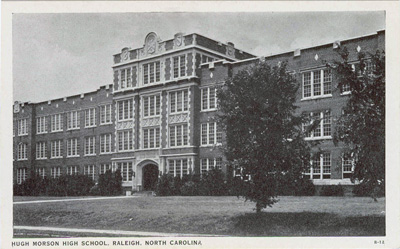
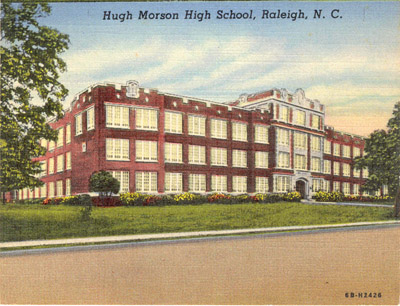
 Sign up for the Newsletter
Sign up for the Newsletter